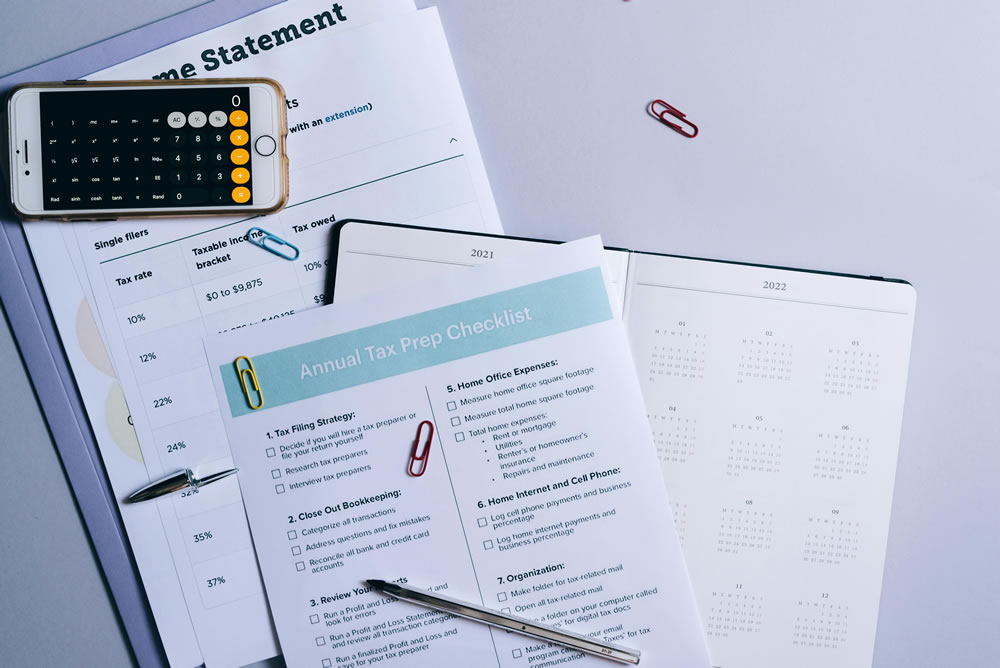Creating a Financial Roadmap: Tips for Effective Planning

In today's complex financial environment, having a financial roadmap is crucial for achieving your financial goals and navigating life's uncertainties. This involves understanding your current financial situation, setting SMART goals, creating a budget, building an emergency fund, and investing strategically. Regularly reviewing and adjusting your plan ensures you stay on track and work toward financial independence with confidence.
In today's world, managing your finances can feel a bit like navigating a maze. With economic uncertainties, fluctuating markets, and the constant pressure of personal commitments, it’s easy to feel overwhelmed. But here's the thing: you don’t need to face this maze without a map. Creating a financial roadmap can be your compass, guiding you toward achieving your financial goals and providing a buffer against life's unpredictabilities. It’s about more than just crunching numbers—it's about crafting a strategy that fits your unique life story.
Think of a financial roadmap like planning a cross-country road trip. You need to know where you’re starting, where you want to go, and the best routes to take. You also have to prepare for unexpected detours. Just as you wouldn’t embark on a trip without a plan, you shouldn’t navigate your finances without a clear strategy. This article will delve into the essentials of creating a financial roadmap, from understanding your current financial situation to setting goals and making informed investment choices.
Understanding Your Current Financial Situation
Before you can plan where you’re going, you need to know where you stand. Start by taking a detailed inventory of your financial situation. This involves listing all your assets, such as savings accounts, investments, property, and any other valuables. Equally important is understanding your liabilities—these include debts like student loans, mortgages, credit card balances, and any other financial obligations.
A practical approach is to create a net worth statement. Subtract your liabilities from your assets to see what you’re working with. This snapshot provides a baseline to measure progress over time. According to personal finance expert Dave Ramsey, knowing your net worth is akin to having a financial report card. It’s not just about the numbers; it's about understanding the story they tell about your financial habits and where improvements are needed.
Setting SMART Financial Goals
Once you understand your starting point, it’s time to set goals that will guide your journey. Goals are the destinations on your financial roadmap. To be effective, goals should be SMART: Specific, Measurable, Achievable, Relevant, and Time-bound. For instance, instead of setting a vague goal like "save more money," aim for something specific like "save $5,000 for a vacation by next June."
Consider breaking down larger goals into smaller, more manageable tasks. If your ultimate aim is to retire comfortably, smaller goals might include increasing your retirement savings by a certain percentage each year or reducing unnecessary expenses. As financial coach Suze Orman often emphasizes, having clearly defined goals not only provides direction but also motivation, making it easier to stay on track.
Compound Interest Calculator
Discover how your savings can grow with compound interest. Our free Compound Interest Calculator helps you estimate future investment value based on your initial deposit, monthly contributions, and expected interest rate. Whether you're saving for retirement, a house, or long-term goals, this tool gives you a clear view of your financial growth over time.
Creating a Budget That Works for You
A budget is the backbone of your financial roadmap. It's your tool for ensuring that everyday spending aligns with your long-term objectives. Start by tracking your income and expenses for a month to understand where your money is going. This exercise can be eye-opening, revealing spending patterns you might not have been aware of.
Once you have a clear picture, categorize your expenses and determine areas where you can cut back. Perhaps you’re spending more on dining out than you realized, or those subscription services are adding up. Financial planner Jane Smith recommends the 50/30/20 rule as a guideline: allocate 50% of your income to needs, 30% to wants, and 20% to savings and debt repayment. Tailor this framework to fit your lifestyle, keeping in mind that flexibility is key to a sustainable budget.
Building an Emergency Fund
Life is unpredictable, and having an emergency fund is essential for weathering financial storms. Aim to save at least three to six months' worth of living expenses. This fund acts as a financial cushion, providing peace of mind and protection against unexpected events like job loss or medical emergencies.
Starting an emergency fund might seem daunting, but it doesn’t have to be. Begin by setting aside a small amount each month, treating it as a non-negotiable expense. Utilize windfalls, such as tax refunds or bonuses, to boost your savings. As financial columnist Michelle Singletary notes, the importance of an emergency fund cannot be overstated—it’s your first line of defense against financial setbacks.
Investing Strategically for the Future
Investing is a powerful tool for growing your wealth over time, but it requires careful planning and an understanding of your risk tolerance. Whether you’re considering stocks, bonds, mutual funds, or real estate, diversification is crucial. Diversifying your investments helps mitigate risk, as it spreads your exposure across different asset classes.
It’s also vital to align your investment strategy with your financial goals and timelines. If retirement is decades away, you might be more comfortable with higher-risk, higher-reward investments. Conversely, if you’re nearing retirement, a more conservative approach may be prudent. CNBC's financial analyst, Jim Cramer, often advises that a well-thought-out investment strategy should evolve as your circumstances change, ensuring that it continues to meet your needs.
Regularly Reviewing and Adjusting Your Plan
Creating a financial roadmap isn’t a one-time task—it’s an ongoing process. Regularly review your plan to ensure it remains aligned with your goals and current life situation. Life changes, such as marriage, the birth of a child, or career shifts, may necessitate adjustments to your plan.
Schedule periodic check-ins with yourself, either quarterly or annually, to evaluate your progress. Reflect on what’s working and where you might need to change course. As financial advisor Jill Thompson puts it, "Your financial plan should be a living document, adapting as your life evolves." This proactive approach keeps you on track and helps you navigate any bumps along the way with confidence.
Crafting a financial roadmap requires time and effort, but the rewards are well worth it. It’s about taking control of your financial future and making informed decisions that support your life goals. By understanding your current situation, setting clear objectives, managing your budget, and planning for the unexpected, you can chart a course toward financial independence. Remember, the journey is just as important as the destination, and with a solid roadmap, you’ll be well-equipped to handle whatever lies ahead.








